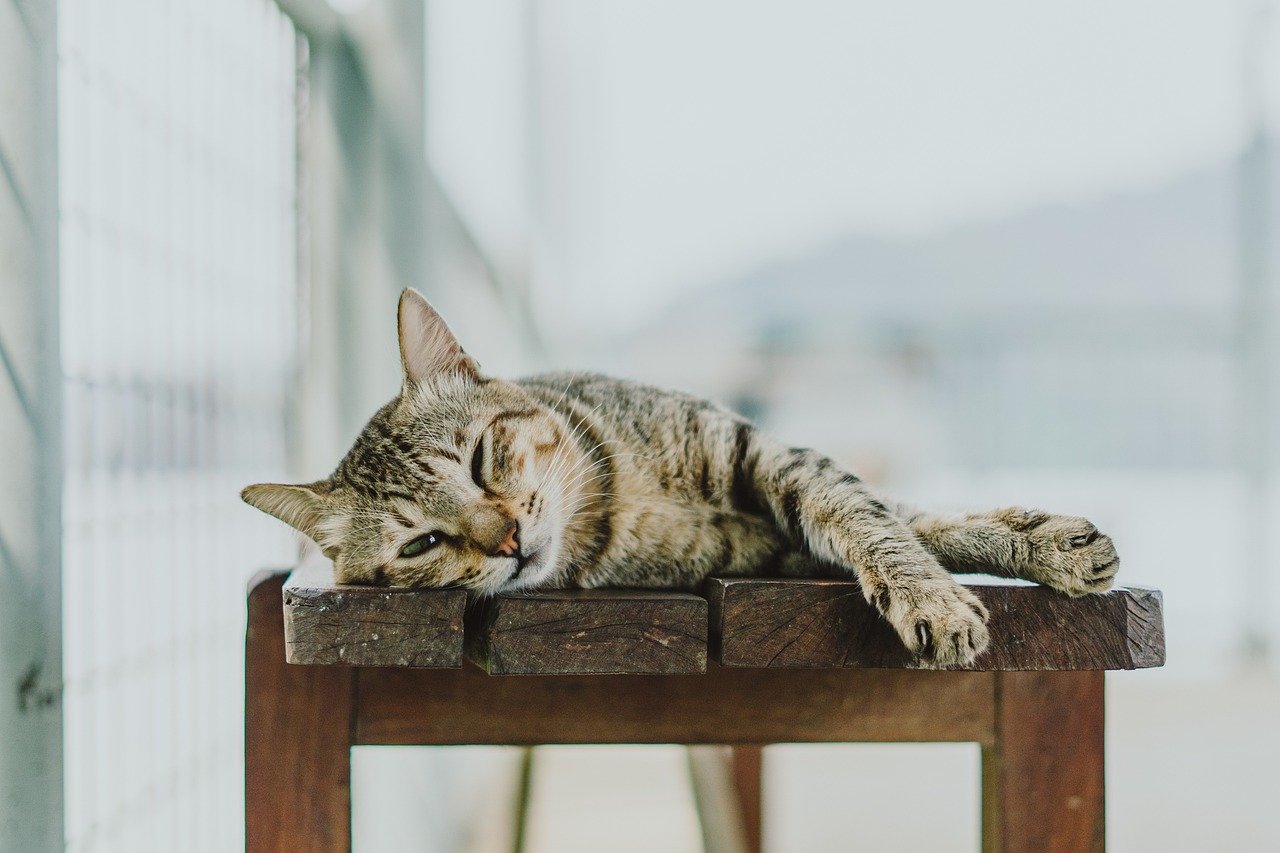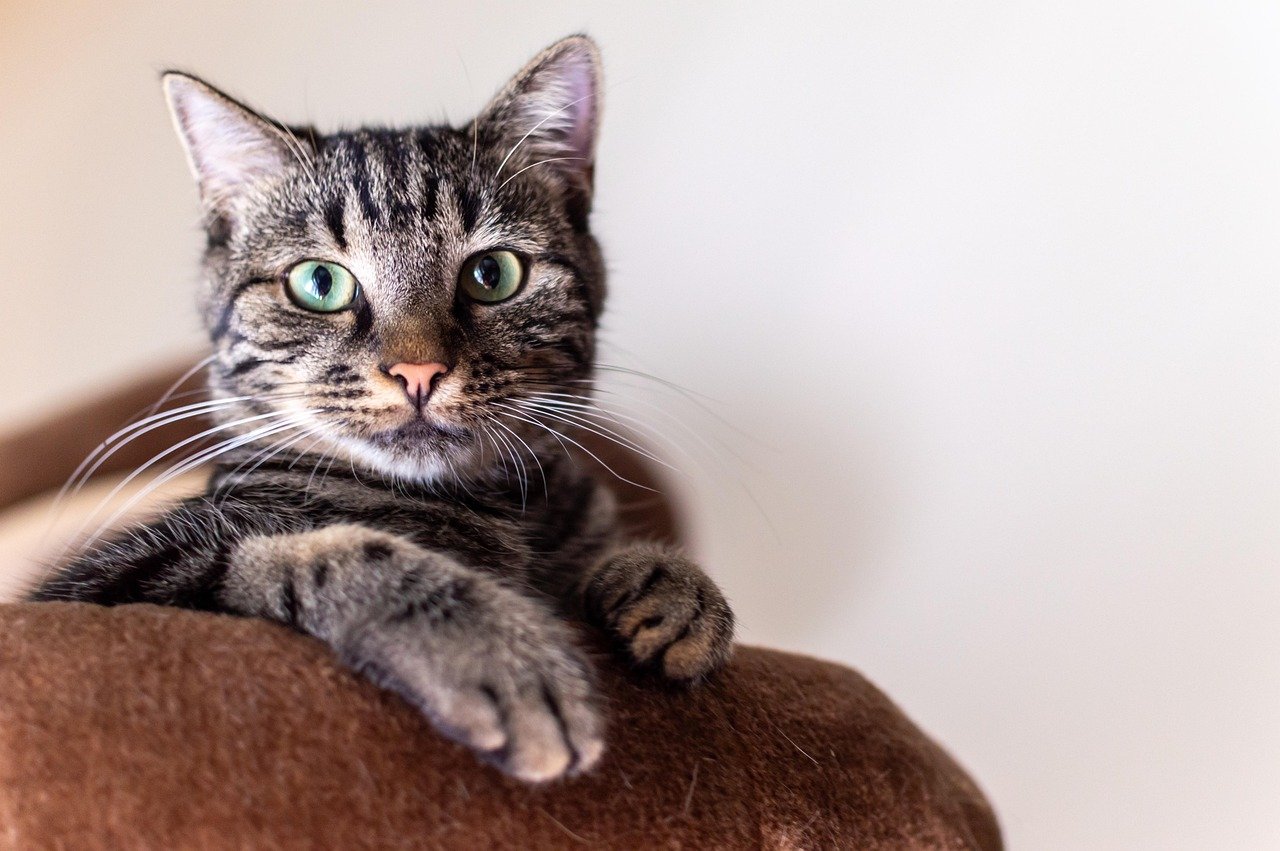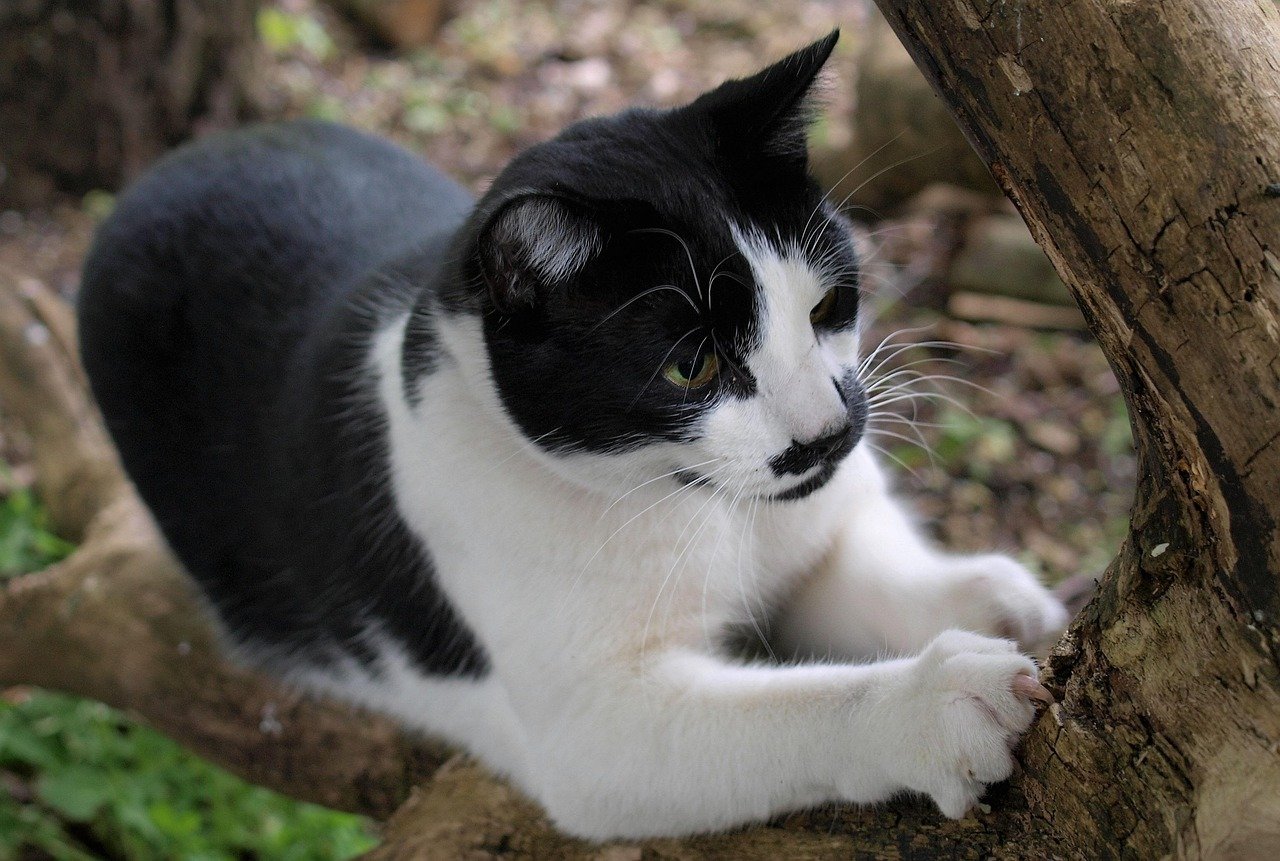Cats have a reputation for being mysterious creatures. Their subtle body language and quiet demeanor often leave us guessing about their true feelings. However, just like humans, cats too express happiness and distress in their unique feline ways. For cat lovers, understanding these signs can greatly enhance the bond they share with their furry friends and ensure their well-being. Let’s dive into the world of feline emotions and discover how to tell when your cat is content or when it might need a little extra love and care.
1. Purring: The Melody of Contentment
Purring is perhaps the most well-known sign of a happy cat. This gentle, rhythmic sound is akin to a cat’s version of a happy tune. While cats can purr in various situations, a steady purr often indicates relaxation and satisfaction. Imagine it as a cat’s way of humming a favorite song while lounging on a sunny windowsill. However, it’s essential to note that cats might also purr when they’re in pain or anxious, so it’s crucial to observe other accompanying behaviors to understand the context of their purr.
2. Kneading: The Sign of Affection
When a cat pushes its paws in and out against a soft surface, it’s known as kneading. This behavior is a throwback to kittenhood when they would knead their mother’s belly to stimulate milk flow. In adult cats, kneading is a significant sign of happiness and contentment. It’s like a cat giving you a gentle massage, showing that it feels secure and loved in your presence. If your cat kneads your lap, take it as a compliment; they’re marking you as a safe and cherished space.
3. Tail Position: The Feline Mood Indicator

A cat’s tail is a versatile tool for expressing emotions. A happy cat often holds its tail upright with a slight curve at the tip, resembling a question mark. This tail position signifies a playful and content mood. On the other hand, a flicking or puffed-up tail can indicate agitation or distress. Observing your cat’s tail can offer valuable insights into its emotional state, much like reading a barometer for weather changes.
4. Slow Blinks: The Trusting Gesture
If your cat looks at you and slowly blinks, consider it a high form of feline flattery. This behavior is akin to a cat’s version of a kiss. By slowly closing and opening their eyes, they show trust and affection, indicating that they feel safe in your company. When your cat gives you a slow blink, try returning the gesture. It’s a heartwarming way to communicate love and trust with your pet.
5. Playfulness: The Joy of Being Young at Heart
A playful cat is a happy cat. Whether it’s chasing a ball of yarn, pouncing on a feather toy, or engaging in a game of hide and seek, playfulness is a sure sign of contentment. Just like children express joy through play, cats do the same. Regular playtime not only keeps your cat physically fit but also mentally stimulated, contributing to their overall happiness.
6. Grooming: The Contentment Ritual
Cats are meticulous groomers, and when they take the time to groom themselves, it’s often a sign of contentment. A well-groomed coat indicates that your cat is comfortable and not experiencing undue stress. However, if your cat suddenly stops grooming or over-grooms to the point of creating bald patches, it might be a sign of distress, and a visit to the vet could be in order.
7. Vocalizations: The Happy Chatter

Cats are known for their variety of vocalizations, and understanding these can offer insights into their emotional state. A happy cat may greet you with a series of chirps or trills, especially when you come home. These sounds are akin to a friendly conversation, showing that your cat is pleased to see you. However, excessive meowing or unusual vocal patterns can indicate that something is amiss.
8. Hiding: The Silent Cry for Help
While some cats enjoy a bit of solitude, excessive hiding can be a sign of distress. If your usually social cat starts retreating to secluded spots more often, it might be feeling stressed or unwell. It’s like a person wanting to curl up under the covers when they’re upset. Keep an eye on your cat’s hiding habits to ensure it’s not trying to communicate discomfort or illness.
9. Changes in Appetite: The Dietary Red Flag

A sudden change in appetite can be a significant indicator of distress in cats. If your cat is eating much less or more than usual, it might be signaling that something is wrong. Just as humans might lose their appetite when stressed or indulge in comfort food, cats too express their emotional state through their eating habits. It’s essential to monitor these changes and consult a vet if they persist.
10. Aggression: The Unsettled Attitude
Aggression in cats can manifest as hissing, growling, or swatting. This behavior often indicates that your cat is feeling threatened or stressed. Imagine it as a defensive wall a cat builds when feeling cornered. Addressing the root cause of the aggression, such as environmental changes or introducing new pets, can help alleviate the stress and restore peace.
11. Lethargy: The Silent Suffering

Cats are known for their bursts of energy interspersed with naps, but excessive lethargy can be a sign of distress. If your cat is sleeping more than usual or seems uninterested in activities it once enjoyed, it might be experiencing emotional or physical discomfort. It’s similar to how humans might feel tired and withdrawn when they’re not at their best. Observing these changes can help identify underlying issues.
12. Excessive Scratching: The Stress Signal

While scratching is a natural behavior for cats, excessive scratching can be a sign of stress or anxiety. Cats might scratch as a way to cope with changes in their environment or to mark their territory when they feel threatened. Providing scratching posts and ensuring a stable environment can help alleviate this behavior, ensuring your cat feels secure and content.
In conclusion, understanding the signs of happiness and distress in your cat can significantly enhance your relationship with your furry companion. By paying close attention to their behaviors and body language, you can ensure that your cat remains healthy, happy, and loved.

Born and bred in South Africa, a Capetonian at heart. Amy-Leigh’s love for nature and animals was inherited from her Dad. He loves taking the family on road trips to experience nature at its finest; Amy-Leigh’s favourite being whale watching in Hermanus and spotting Kudu along the West Coast. Amy-Leigh holds a BA in English Literature and Communication Studies.





